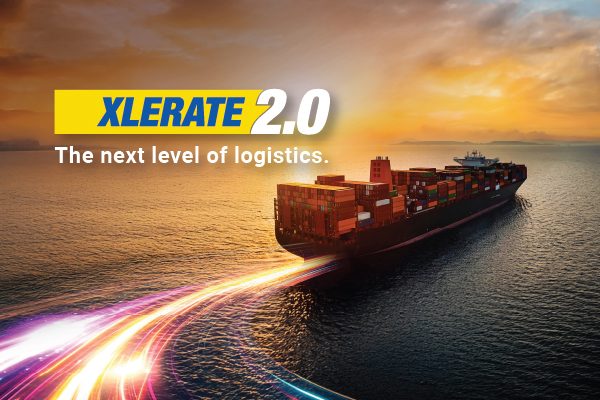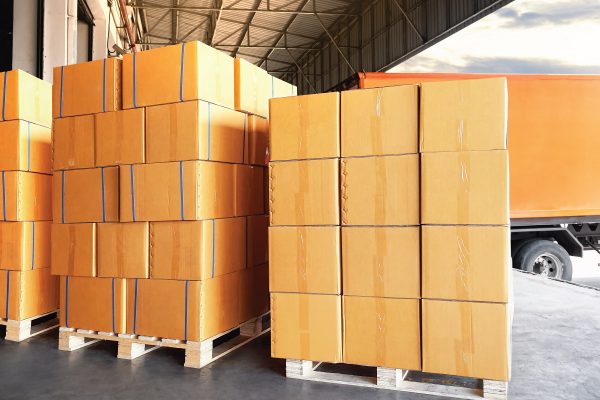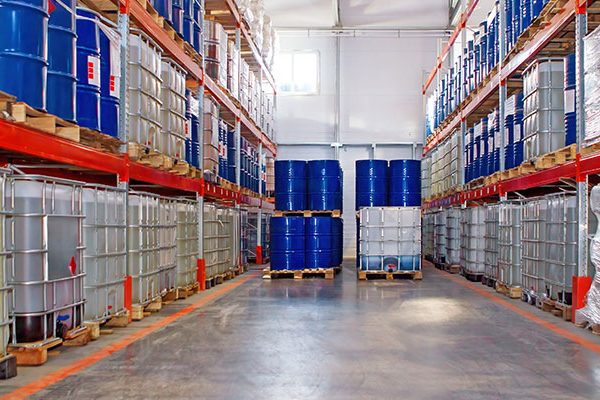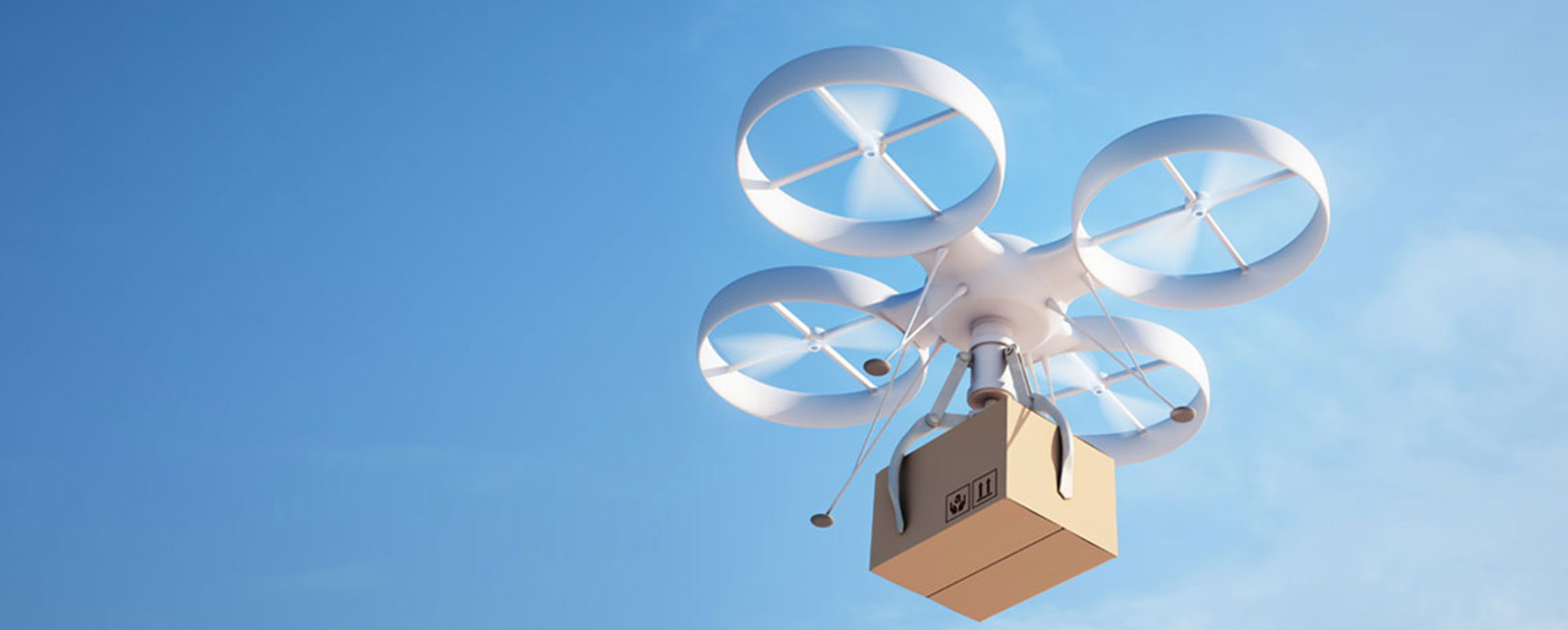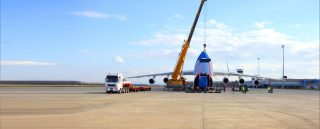Retail is flying its own planes and drones The retail game has changed shape forever as e-commerce companies start plying their own fleets of planes and ships
It’s a volatile time for the global logistics industry as the sector is witnessing an unprecedented level of interest, with new players entering the fray, and mergers and acquisitions crossing geographical boundaries.
The biggest tremors have come from an unexpected direction — the retail and e-commerce space. The lines between retailing, e-commerce and logistics are blurring as some of the world’s biggest names in the e-commerce and retail space are setting up their own logistics services instead of relying on external partners and third-party services. This has brought to fore the importance of ecommerce logistics, especially in retail logistics and fashion logistics.
Chinese moves
‘China has in fact been flexing its global muscles and going all out to acquire logistics companies in Asia and Europe. Over $32 billion in investments were recorded in 2017, double that of the previous year, as the nation drives its One Belt One Road initiative that links Asia and Europe.
But bigger headlines were seen last year when China-based Alibaba acquired a controlling stake in logistics company Cainiao, which runs a network of warehouses and trucking partners. Today, the service handles 57 million deliveries a day. Alibaba trained its sights on shipping as well, teaming up with Maersk to offer merchants direct shipping services on the Alibaba website.
Indian targets
In India, the logistics sector heated up with Amazon India and Flipkart vying for the No.1 spot. Amazon signalled its focus on India by infusing an additional Rs400 crore into its Indian logistics arm Amazon Transportation Services, over and above the Rs270 crore it has received in previous tranches. This expansion will be driven by their logistics partner for ecommerce in India.
The shakeout in the logistics space is a result of shock waves emanating from the US. Many of the changes in the world’s global logistics landscape can be traced back to a single source — the change in Amazon’s business strategy a few years ago, when it decided to take greater control of its transportation services in order to ensure that it meets the delivery expectations of its clients.
Amazon’s play
Amazon has been anticipating the need to streamline its shipping costs and has invested majorly in logistics and transportation. In January 2018, the retail giant announced the launch of its own logistics services called Shipping with Amazon (SWA). The pilot, launched in Los Angeles, will see Amazon picking up goods and products directly from small businesses, thus doing away with the services of partners such as UPS and FedEx.
Amazon’s grasp of logistics has led to some staggering numbers. The company now operates 75 fulfilment centres and 25 sorting centres across North America and employs 125,000 full-time associates in the US. Its e-commerce warehouses cover a mind-boggling 77 million square feet and have registered a 30% growth rate over the previous year.
Of late, Amazon has set its sights on building its air power. In 2016, Amazon created ripples in the industry by launching its first branded cargo plane, named Amazon One, painted with the logo Prime Air.
Today it has a fleet of 32 dedicated cargo jets and has renamed the service as Amazon Air. The company clearly expects the number of Amazon birds in the sky to go up. It is also building a $1.5 billion worldwide cargo hub at Cincinnati International Airport, which will have room for 100 freighter jets.
However, the company has retained the brand name Prime Air for its other initiative — Amazon’s new drone service — where it plans to deliver packages to customers in 30 minutes or less using unmanned aerial vehicles.
Amazon has also entered into the shipping industry indirectly by leasing container ships to handle its trade between China and the US. The retail giant doesn’t own or operate ships (yet!) but acts as a global freight forwarder and third-party logistics provider for Chinese merchants selling to the US.
Amazon’s broad intent is to reduce costs by bypassing middle men such as freight forwarders and by buying space on planes and ships at reduced rates. The massive amount of inventory that it deals with makes this strategy a valuable one. The company is also bringing technology into play to enable direct linkages with end users and suppliers. In China, a new app allows merchants to order Amazon trucks to pick up products from their factories with a single click. In the US, Amazon Flex is an app that allows individuals to sign up to become Amazon delivery partners, thus enhancing the company’s existing 6,000 truck network.
The muscling in of Amazon into the transportation and logistics space makes sense when one considers the increase in Amazon’s transaction volumes and mainly, its Prime subscriptions. The last winter holiday season saw Amazon shipping over one billion items in the holiday season, with record shipments touching the level of 1 million items in a single day at several of its fulfilment centres. According to an Amazon press release, more than four million people started Prime free trials or began paid memberships in one week of the holiday season. A company report said that it has seen an increase in shipping costs, which include sortation and delivery centre and transportation costs, from $11.5 billion in 2015, to $16.2 billion in 2016, to peak at $21.7 billion in 2017.
Retail bandwagon
With transportation costs becoming the competitive edge, it’s no wonder then that players like Amazon and Alibaba are inspiring more retail incursions into the logistics space. Last year, Walmart bought Parcel, a New York based start-up that manages same-day delivery in the city. The acquisition is in step with its strategy to build a stronger footing in the online space and ensure faster deliveries. The world’s largest retailer has also partnered with Uber to organise its deliveries. In addition, Walmart is experimenting with large automated reception kiosks that allow suburban customers to order online and conveniently pick up their orders themselves.
Target has attempted to offer same day deliveries and has acquired a transportation company called Grand Junction to meet this mission. With one eye on the trend, even Home Depot has recently announced that it is considering a buyout of XPO Logistics. In the UK, Tesco is considering tying up with a vast network of convenience stores and other outlets as click-and-collect locations for last mile delivery.
The signs are clear — there may be more such shakeouts and buyouts. These are definitely interesting times for the logistics sector.




